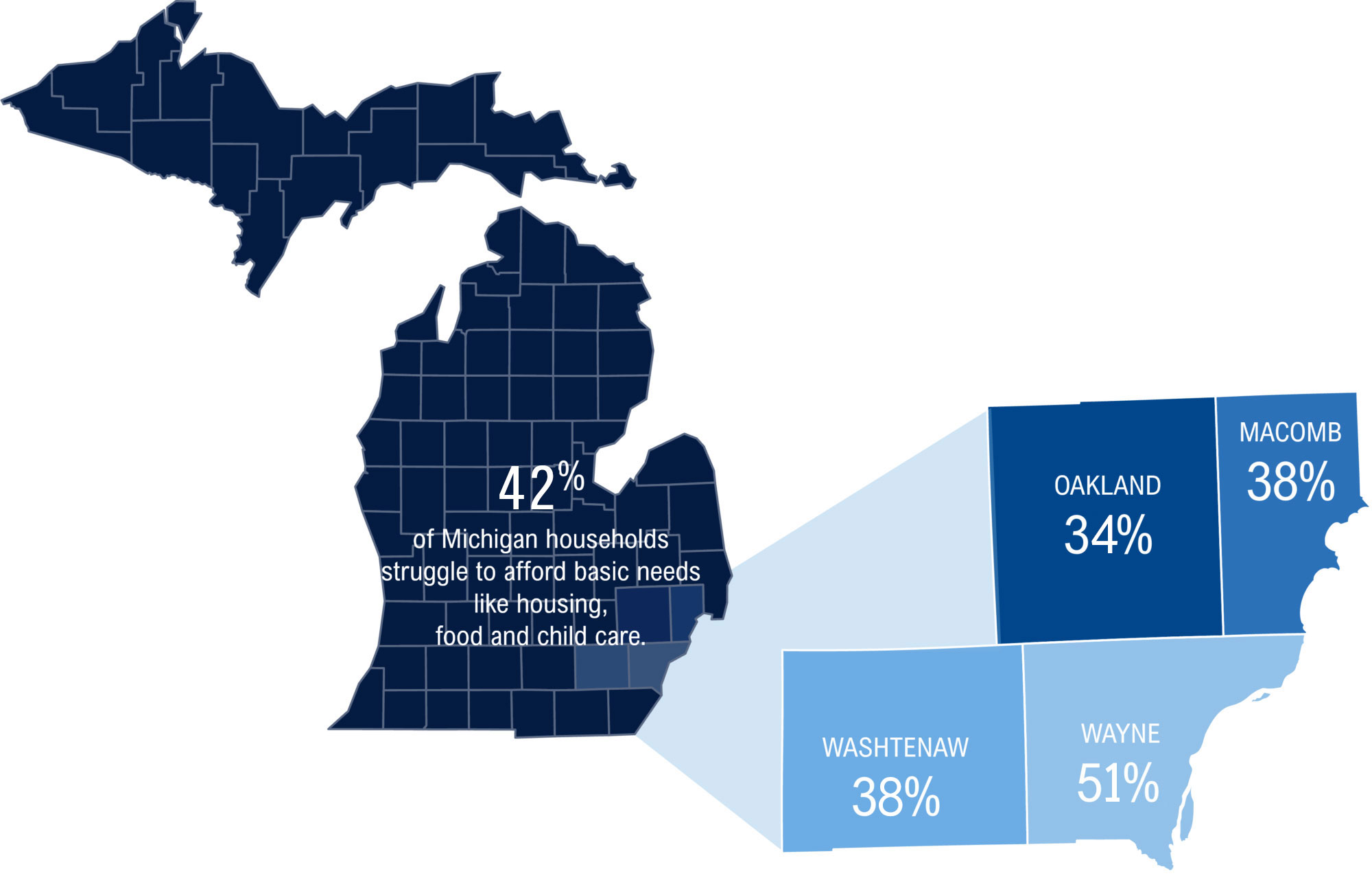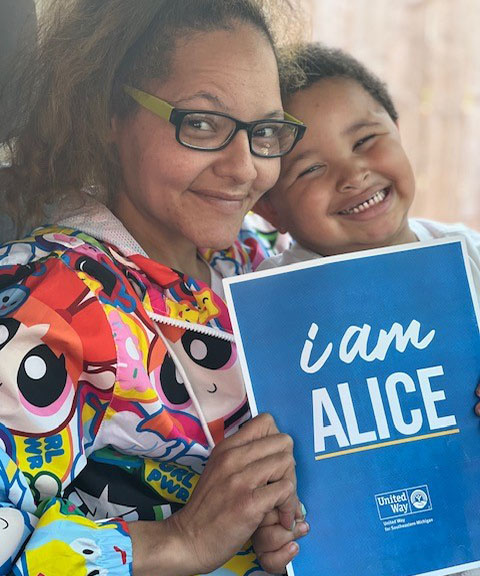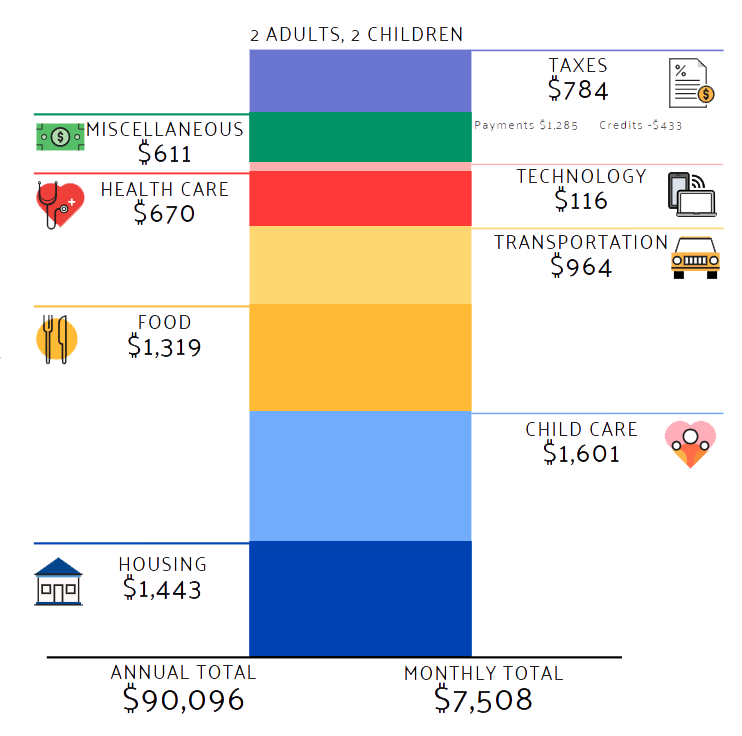ALICE Report
Through the Asset Limited, Income Constrained, Employed (ALICE) Report, we aim to inform the conversation about the real and present needs of our residents.
Through the Asset Limited, Income Constrained, Employed (ALICE) Report, we aim to inform the conversation about the real and present needs of our residents.
They are ALICE (Asset Limited, Income Constrained, Employed).
They are parents who can’t afford quality child care. They are seniors forced to choose between buying food or medication. They are families struggling under the weight of rising prices. They are our family members, our friends and our neighbors.
They are the reason United Way for Southeastern Michigan is working alongside our partners and community to close the gap between what people are earning and the cost of living so that every family, in every ZIP code, has an equal opportunity to thrive.
When ALICE moves from merely surviving to thriving, our entire community wins.


"Learning about the ALICE report and this data, I feel like somebody cares. Somebody is actually paying attention to our struggle and trying to do something about it. That’s a good thing.” – Sophia
The 2025 ALICE Report, produced by the Michigan Association of United Ways in association with United for ALICE, reveals the magnitude of financial hardship in Michigan and offers an in-depth look at how ALICE households are faring when faced with rising costs and the end of pandemic-era supports.
The report compares household earnings to the true cost of living in our region. It’s a more accurate measurement of household finances than the Federal Poverty Level (FPL), which is based on food prices established in the 1970s and indexed to inflation, meaning it doesn’t capture the reality of essential household expenses like health care, food and child care.
While only 14% of households in our region are reported to live at or below the poverty level, an additional 28% of households have incomes below the ALICE survival budget. Combined, these two numbers make up the percentage of total Macomb, Oakland, Washtenaw and Wayne County households that fell below the ALICE Survival Budget Threshold.

The ALICE survival budget shows the bare minimum costs to afford the basics in our region.
As of the 2025 report, that budget is $90,096 for a family of four — about $7,418 a month, including rent, utilities, child care, food, health care, transportation, technology and taxes.

"People need to understand that not all expenses are created equal – like transportation. Just by living in a certain ZIP code, you’re charged more for insurance and have to go further – meaning buy more gas – to access quality food, grocery stores, etc.” – Camille